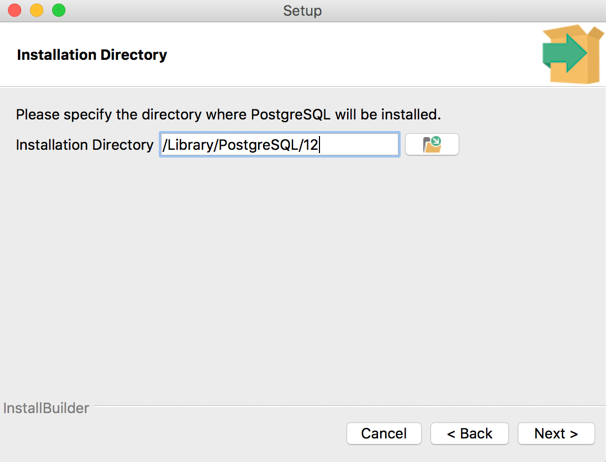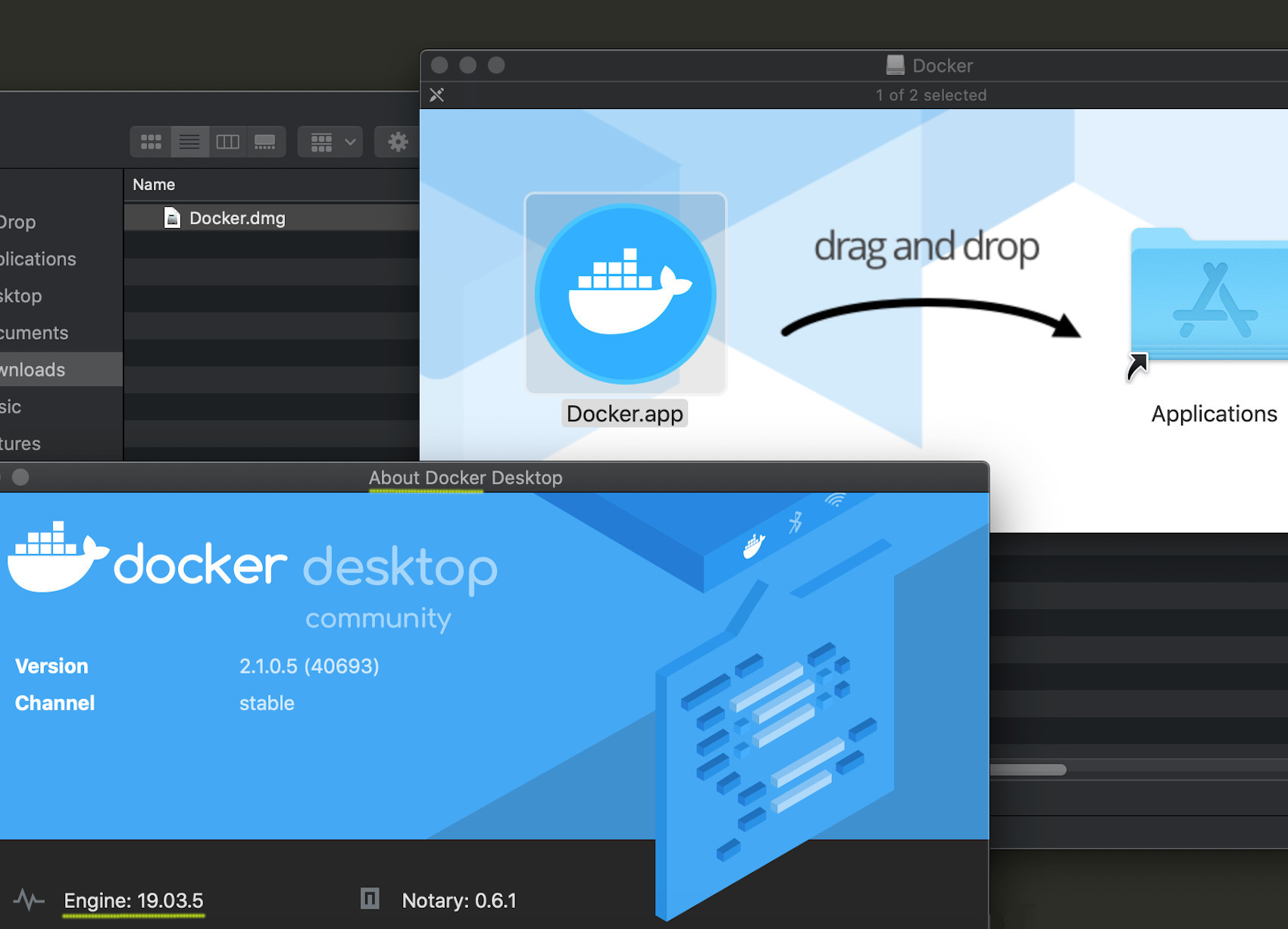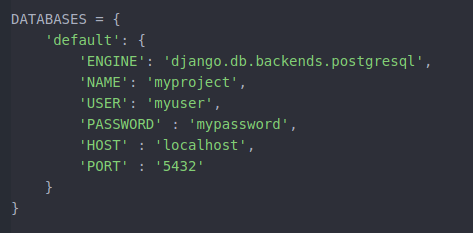

The administrator is still responsible for making sure that clients trust theĬertificate Authority that signed the SSL certificate. With clients, the Pulp Installer supports providing a path for pulp_webserver_tls_cert and If you already have an SSL Cerificate that you want to be used by the reverse proxy to encrypt communication The default location for the SSLĬertificate is /etc/pulp/certs/pulp_webserver.crt. The default location for the CA certificate is /etc/pulp/certs/root.crt. Clients will need to import one of theseĬertificates to their system CA trust store. This case, the Pulp administrator will need to distribute the Certificate Authority certificate or the SSLĬertificate to all clients that wish to communicate with Pulp. The Pulp Installer provides three different options for configuring SSLĬertificates for nginx and httpd reverse proxies.īy default, the installer will generate a new Certificate Authority and use it to sign an SSL certificate. Users should configure HTTPS communication between clients and the reverse proxy that is in front of pulp services Sudo systemctl start pulpcore - resource - manager sudo systemctl start pulpcore - content sudo systemctl start pulpcore - api sudo systemctl start pulpcore - worker 1 sudo systemctl start pulpcore - worker 2 SSL ¶ These services can then be started by running: We recommend starting with the pulpcore-resource-manager template and setting the variables according to the pulp_resource_manager config variables Make a rvice file which can manage one pulpcore-resource-manager The variables according to the pulp_workers config variables documentation We recommend starting with the pulpcore-worker template and setting Make a file for the pulpcore-worker processes which allows you to manage Recommend starting with the pulpcore-api templateĪnd setting the variables according to the pulpcore-api config variables documentation Make a rvice file for the pulpcore-api service which serves the Pulp REST API. Setting the variables according to the pulpcore_content config variables documentation We recommend starting with the pulpcore-content template and Make a rvice file for the pulpcore-content service which serves PulpĬontent to clients. The Environment option with various Pulp settings. Custom configuration can be applied using Pulp 3 Ansible Installer makes these for you, but youĬan also configure them by hand from the templates below. To run the four Pulp services, systemd files needs to be created in /usr/lib/systemd/system/. Post-installation setup ¶Īfter installing and configuring PostgreSQL, you should configure it to start at boot, and then start it: You must configure PostgreSQL to use UTF-8 character set encoding. See the Django database settings documentationįor more information on setting the DATABASES values in server.yaml. The database options can be configured in the DATABASES section of your server.yaml settings file. If you do choose to customize your installation, Unless you plan toĬustomize the configuration of your Pulp installation, you will need to create this user with the proper permissionsĪnd also create the pulp database owned by the pulp user. The default PostgreSQL user and database name in the provided server.yaml file is pulp. On Ubuntu and Debian, the package to install is named postgresql. Installation instructions for your particular operating system from third-parties such as Digital Ocean. To install PostgreSQL, refer to the package manager or the

PostgreSQL ¶ Installation package considerations ¶ At this time, Pulp 3.0 will only work with You must provide a PostgreSQL database for Pulp to use.

$ pulpcore-manager runserver 24817 # The Pulp API service $ pulp-content # The Pulp Content service (listening on port 24816)


 0 kommentar(er)
0 kommentar(er)
